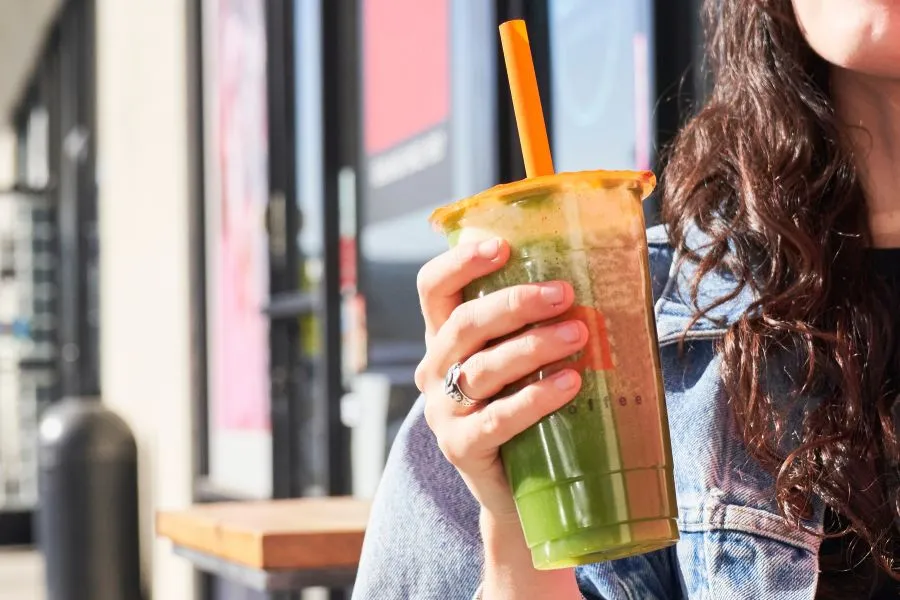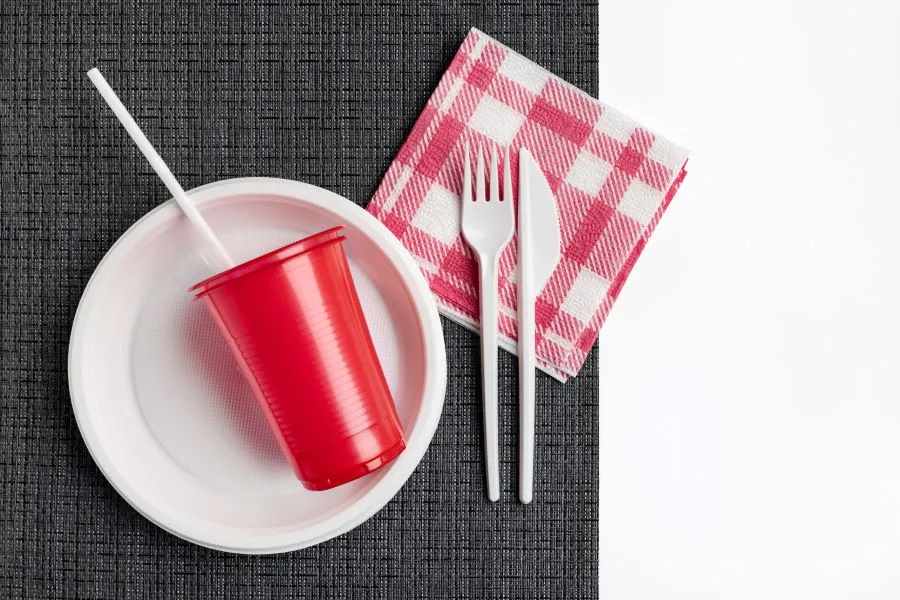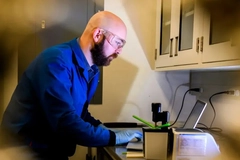Methane-based straws have lower environmental impact than paper, study finds
Key takeaways
- US researchers disclose evidence of greenwashing regarding the sustainability claims on drinking straws.
- Improper disposal of compostable straws in landfills can increase their global warming potential, offsetting the benefits of biodegradable materials.
- The study suggests that paper straws require significantly more water to produce than bioplastics.
A new study from Northeastern University, US, in collaboration with the Woods Hole Oceanographic Institution on Cape Cod, US, found that marketing claims on paper straws regarding circularity, sustainability, and persistence can be unsupported, while those from captured methane were shown to perform the best.
The research team tested 13 drinking straws made from various materials, including paper, bioplastics, and oyster shell fillers to assess their circularity, sustainability, and persistence. The finding reveals that straw derived from captured methane, a potent GHG, had the least impact on the environment.
The study, published in Environmental Science & Technology, also highlights that improper disposal of compostable straws in landfills could increase the environmental harm of the item by up to six times and offset the advantages afforded by biodegradable materials.
Bryan James, assistant professor of chemical engineering at Northeastern University, tells Packaging Insights: “This work raises the question about what is being done for redesigning the myriad of plastic products on the market and their alternatives.”
“Plastic products such as drinking straws can be designed to be marine-degradable and sustainable, with a positive benefit on climate change by using captured methane as a feedstock. However, many of the benefits of that engineering can be reversed if the straw is improperly disposed of in landfills instead of in compost.”
“Thus, there is a need to invest in the appropriate waste management infrastructure to support and ensure the benefits of these materials at end-of-life.”
 The methane-derived straw is said to biodegrade more rapidly than many other straws in the testing phase.Real-world conditions
The methane-derived straw is said to biodegrade more rapidly than many other straws in the testing phase.Real-world conditions
As part of the study, the different types of drinking straws were exposed to a continuous flow of natural seawater, containing native microbes and nutrients, to see how long they persisted. James shares that the marine biodegradation testing approach provides a better representation of real-world conditions.
“This contrasts with the closed, bottle-based methods currently employed for certifications and standards, which do not adequately reflect real-world conditions.”
“These bottle-based methods can tell whether microbes can biodegrade a material, but not if they will or at what rate in natural settings. Our continuously flowing natural seawater approach can provide that missing information,” he says.
“Ultimately, I hope to see standardized certification schemes be developed so that consumers and policymakers can reasonably compare products much like a ‘nutrition facts’ label but for environmental impact and circularity.”
Data-informed metrics
The team characterized each straw’s physical and chemical makeup as well as its behavior during marine biodegradation, integrating these results into a set of sustainability metrics.
They found that despite paper straws degrading more quickly, the methane-derived straws exhibited similar estimated lifetimes of one to two years because the paper straw used more material than the methane-derived straw.
James explains that the reason why paper straws have received a low score is that paper takes ten to 100 times more water to produce than bioplastics. The study aims to provide information needed to design straws for maximum degradability.
The study aims to provide information needed to design straws for maximum degradability.
“As freshwater resources become more limited, either regionally or globally, it becomes another impact that needs to be considered,” he says.
Evidence of greenwashing
The researchers found that some straws branded themselves as nature-based due to fillers, such as oyster shells or agave fibers.However they contained a PP material that did not degrade.
The research reveals that adding biogenic fillers to conventional polymers, such as PP, to minimize plastic usage is “unlikely to produce substantial environmental benefits compared to using alternative polymers.”
“It was the lightest and made out of a marine degradable material that had the thinnest wall,” James says.
He suggests that if consumers have to use a disposable drinking straw, pick the lightest one made from bioplastic and dispose of it appropriately in the compost heap.












